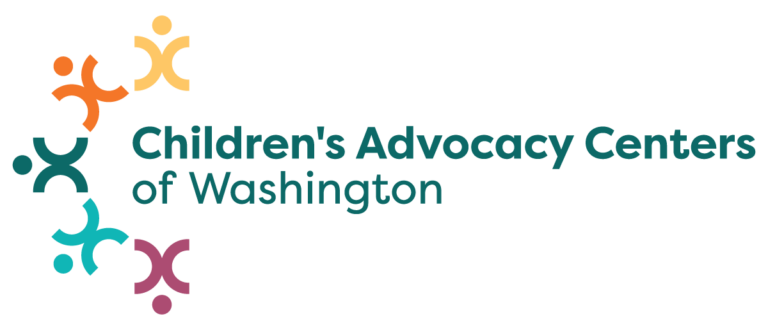Victim Advocate Roundtable 2025
Victim Advocate Roundtable is open to victim advocates working with CACs and MDTs in Washington state including CAC-based, community-based, and systems-based advocates. This is a supportive space to network, share
To promote a collaborative response to child abuse, reach all victims, and reduce trauma by advancing the work and mission of Children’s Advocacy Centers.
Every child has access to a trained team of professionals at a local Children’s Advocacy Center.

Victim Advocate Roundtable is open to victim advocates working with CACs and MDTs in Washington state including CAC-based, community-based, and systems-based advocates. This is a supportive space to network, share
Victim Advocate Roundtable is open to victim advocates working with CACs and MDTs in Washington state including CAC-based, community-based, and systems-based advocates. This is a supportive space to network, share
Peer review is an opportunity for forensic interviewers across the state to review forensic interviewing techniques for cases involving suspected child abuse. Peer review provides a space for thorough discussion
Peer review is an opportunity for forensic interviewers across the state to review forensic interviewing techniques for cases involving suspected child abuse. Peer review provides a space for thorough discussion
MDT Orientation provides foundational information for new MDT members that will further their understanding of the CAC movement and model, disciplines and roles on the MDT, what makes a strong
MDT Orientation provides foundational information for new MDT members that will further their understanding of the CAC movement and model, disciplines and roles on the MDT, what makes a strong

CACWA works with CACs and multidisciplinary partners (MDTs) to facilitate a coordinated response to allegations of child abuse and supports professionals in the field through training, technical assistance, research, funding, and advocacy.
